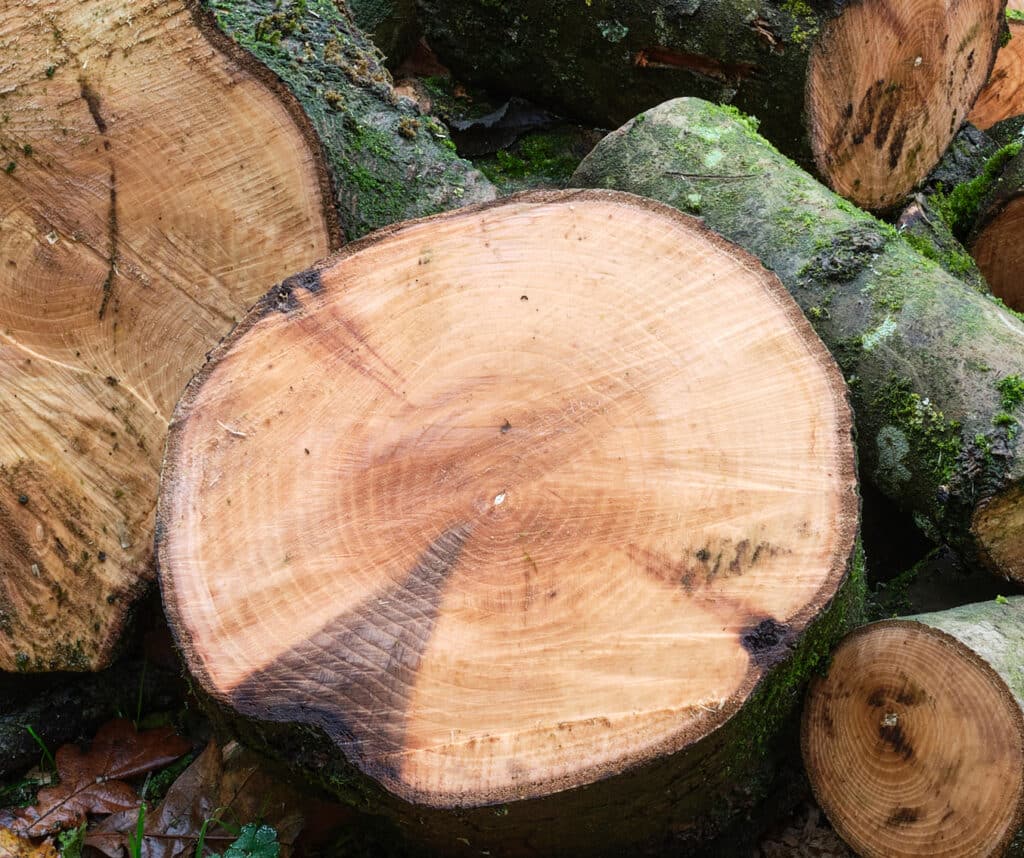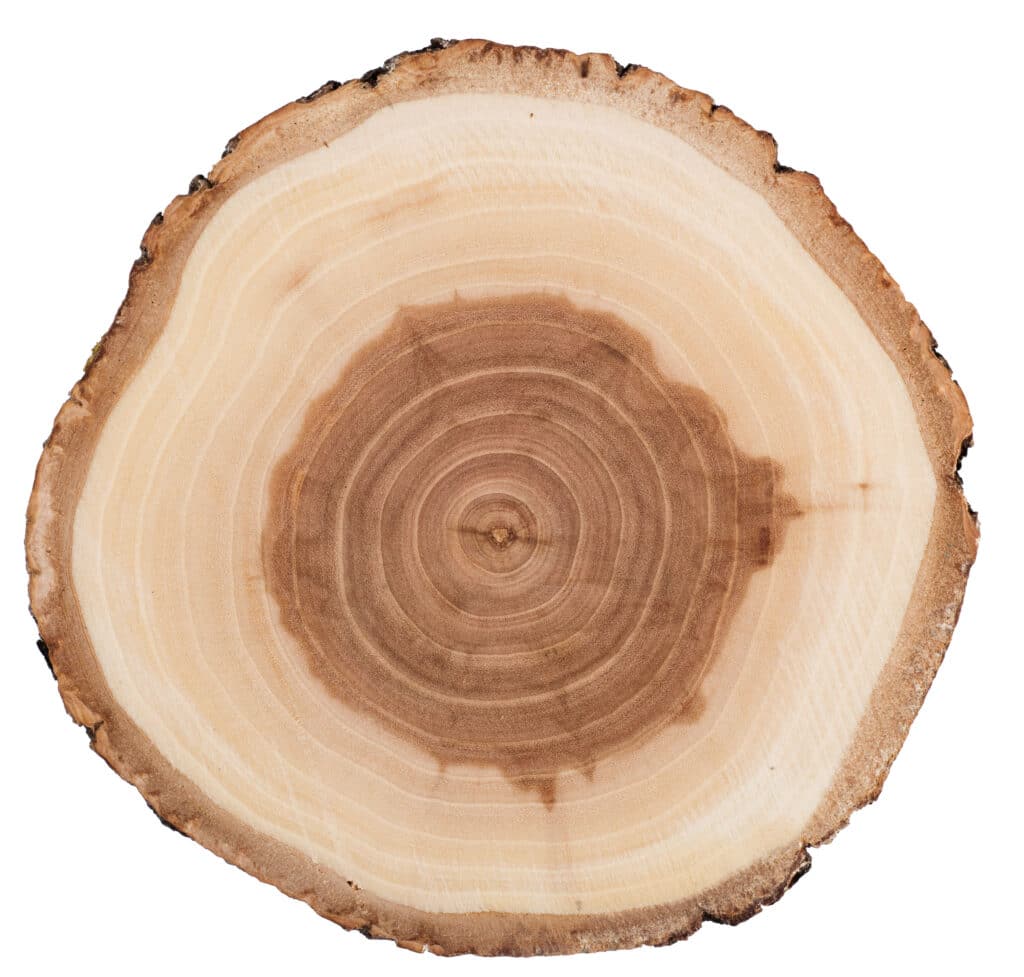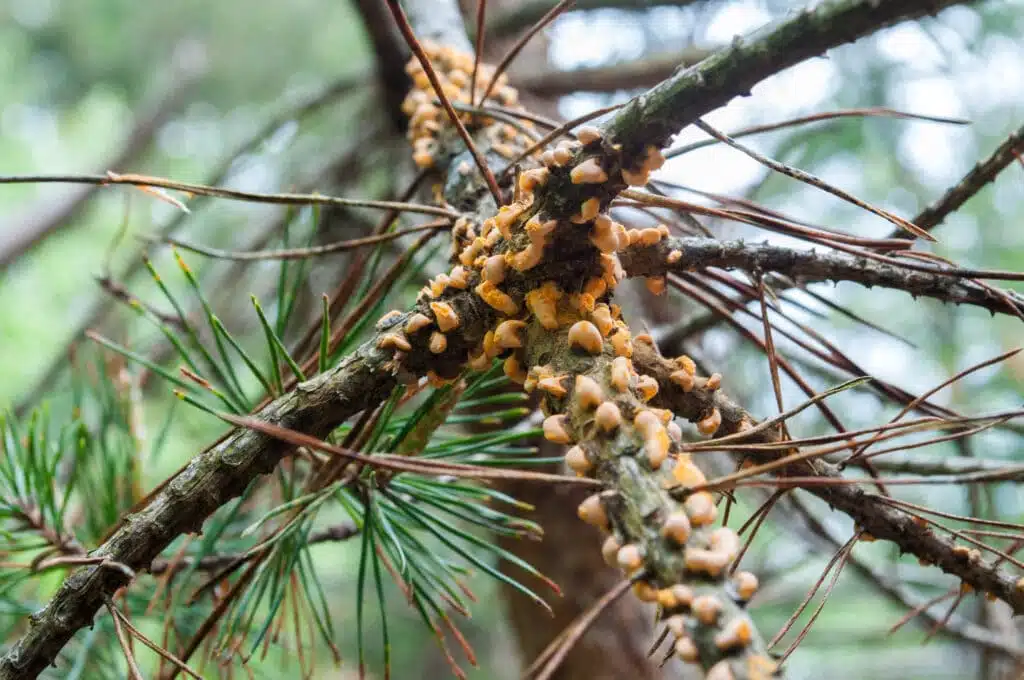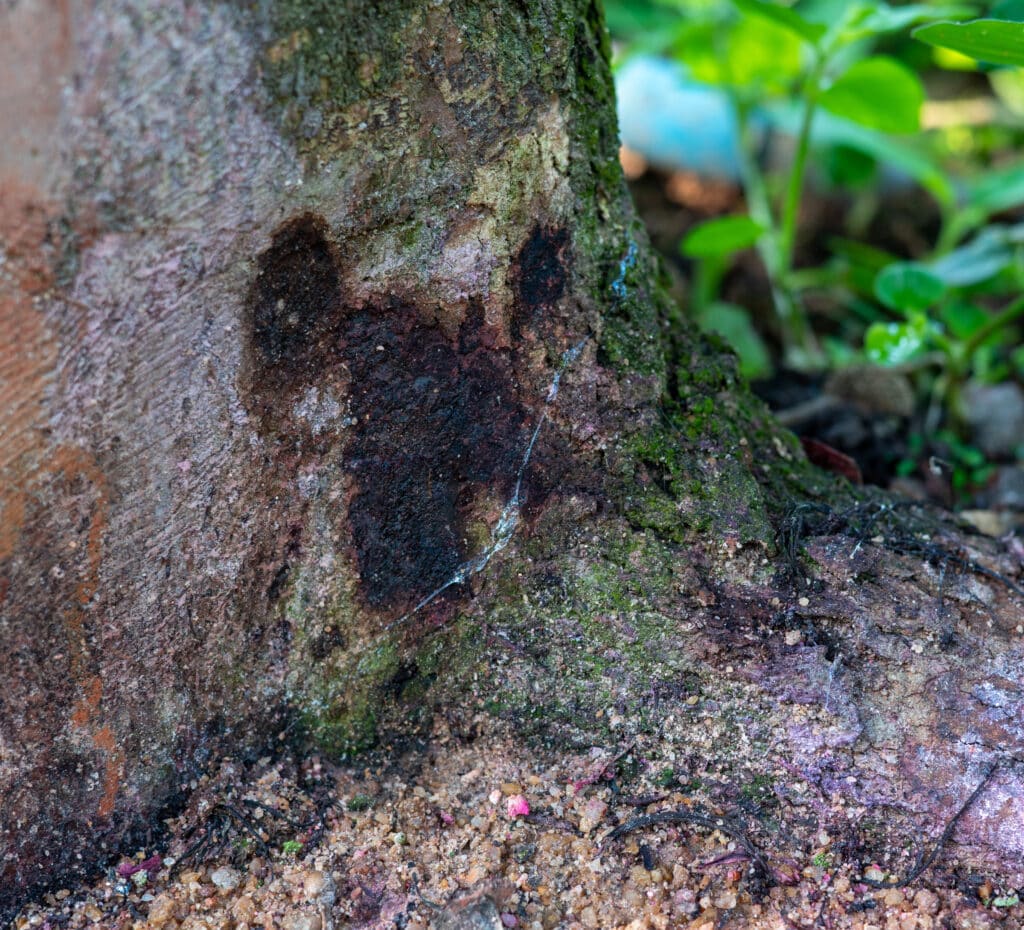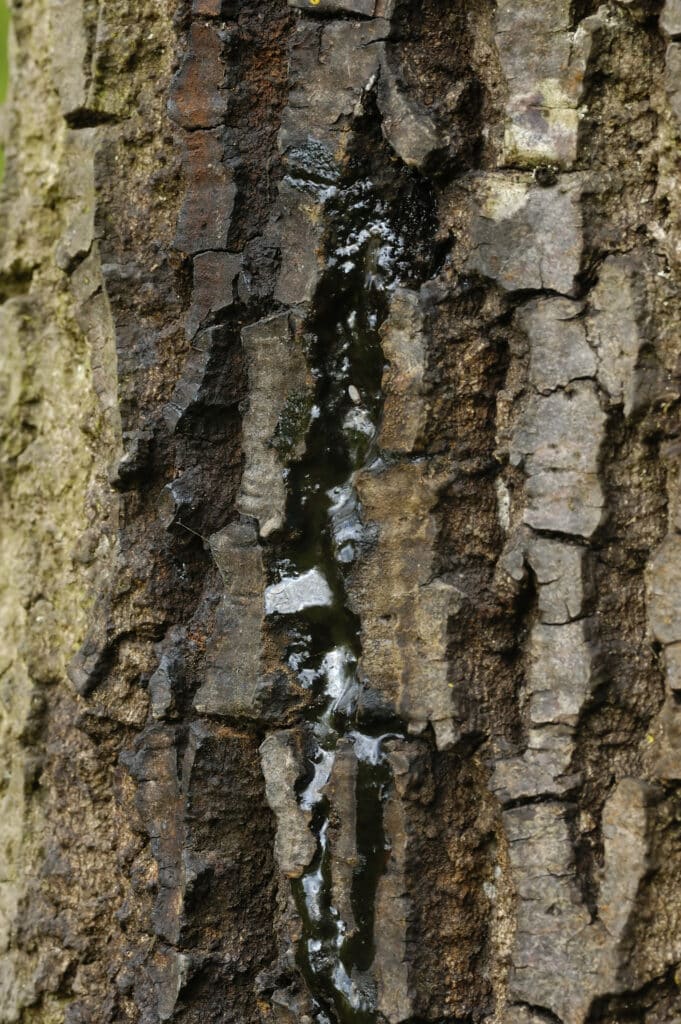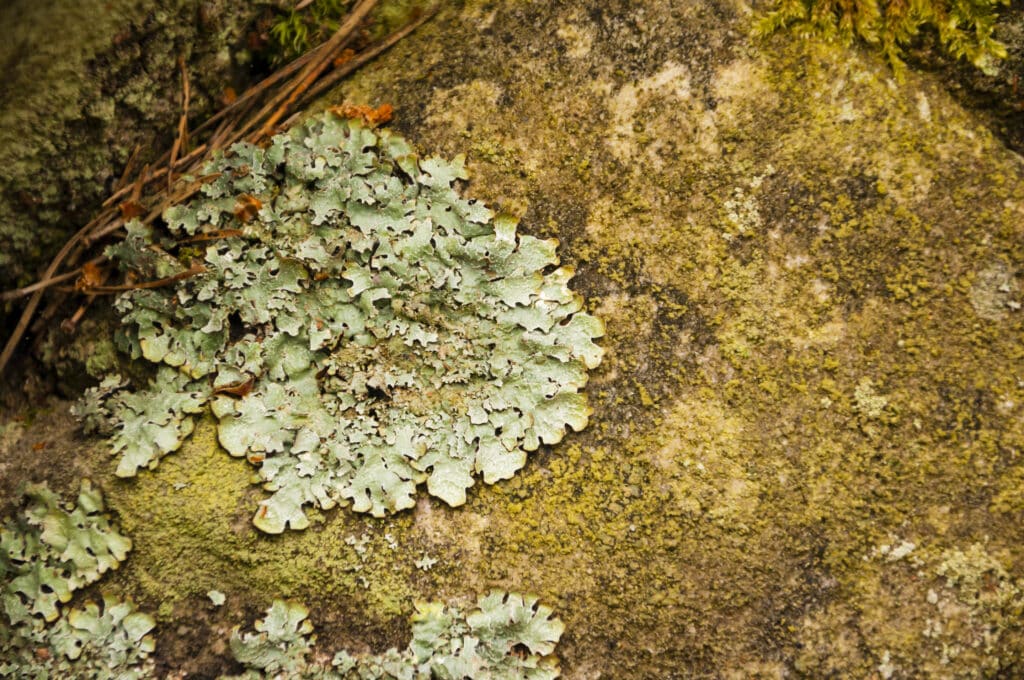
Hammered shield lichen (Parmelia sulcata)
Hammered shield lichen (Parmelia sulcata) is the most common and widely distributed parmelia. It is a grey or bluish-grey leaf lichen, sometimes covered with light frost. Lichen thallus comes in a variety of sizes and shapes and appears wrinkled. Its lobes have a reticulate venation, the grooves of which are formed by soralia – places where the organs of vegetative reproduction, or soredia, develop. The underside of the thallus is black, with dark brown rhizines – dense hyphae threads, with which the lichen attaches to the substrate. This parmelia grows mainly on deciduous trees, treated wood, but sometimes also on rocks. Lichen is moderately resistant to polluted air.

